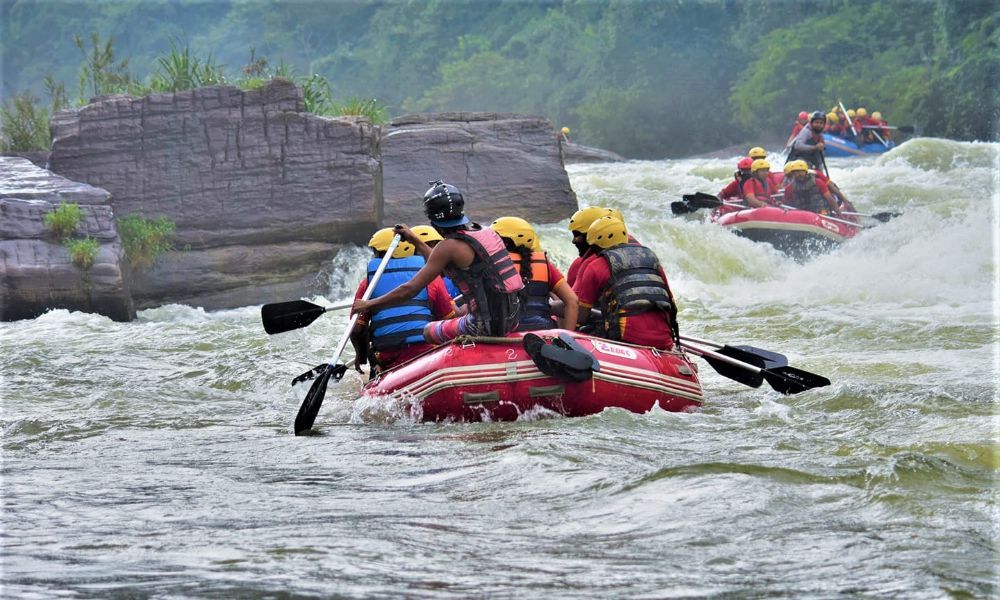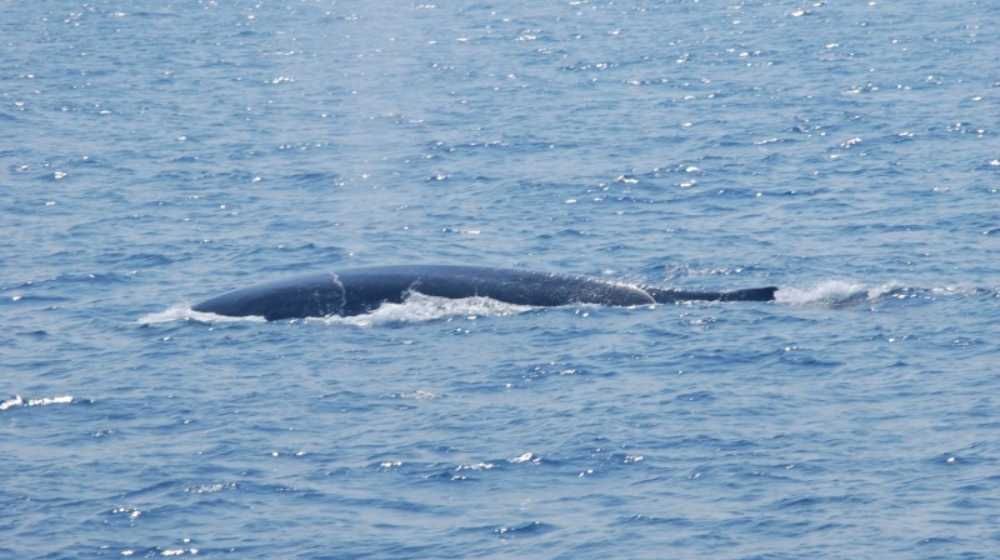
Blue Whale
Among the four sub-species or Blue whales of the family Balaenopteridae presented worldwide, only Balaenoptera musculus brevicauda has been confirmed in Sri Lankan waters.
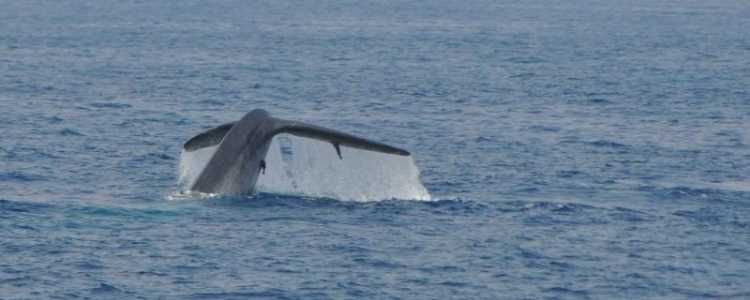
This marine mammal is the largest animal ever to have lived. It can reach up to 28m in length and weigh more than 150 tones. They are usually solitary or in pairs and may aggregate up to 25 in feeding areas.
Blue Whales are fast, strong swimmers, crushing at about 20kmph and capable of reaching speeds of 45kmph. They feed mainly on euphasids (krill) and mysids. An adult blue whale can eat up to 40 million krill in a day.
They usually feed at depths of more than 100m during the daytime and tend to feed closer to the surface at night. Dive time is usually 10 minutes when feeding but dives of up to 20 minutes are not uncommon. Blue Whales become sexually mature at five to ten years of age. A female gives birth once in every two to three years after a 10 to 12 months gestation period. The calf weighs about 2.5tonnes at birth and is around 7m in length.
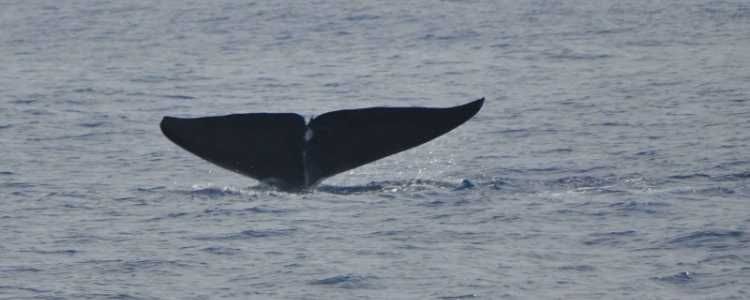
During the first seven months of its life, a calf drinks approximately 4001iters of milk and usually gains about 90kg per day. Due to their enormous size, power and speed, adult Blue Whales have no natural predators other than their young falling prey to Drees. But Blue Whales may be wounded, sometimes fatally, after colliding with ocean vessels, as well as becoming trapped or entangled in fishing gear. A change in ocean temperature can affect Blue Whale migration thus the warming trend and decreased salinity levels in the ocean may cause a significant shift in location and abundance of krill. Blue Whales can make calls at a frequency between 10 and 4011z. Blue Whales in Sri Lankan waters have been recorded making “songs-like” calls of four notes which have not been beard in any other population around the world other than Diego Garcia. This may be unique to the sub-species found in the Indian Ocean.
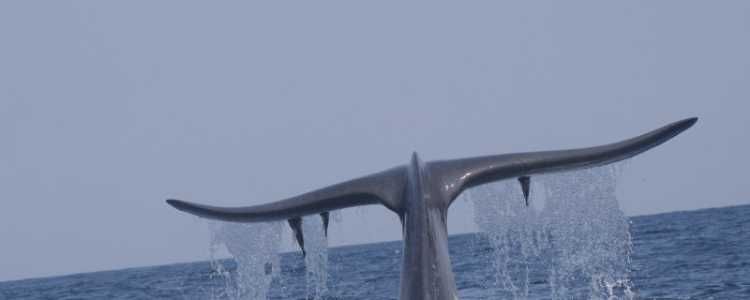
In Sri Lanka. Whales have been seen in many areas close to shore, most notably off the Southern, Eastern and North-western coast. The Blue Whale is Strictly Protected mammal under the Fauna and Flora Protection Ordinance of Sri Lanka. The National Conservation Status of this species is regarded as “Endangered” (National Red List 2012). The Blue Whale has been listed as “Endangered” by the IUCN.

